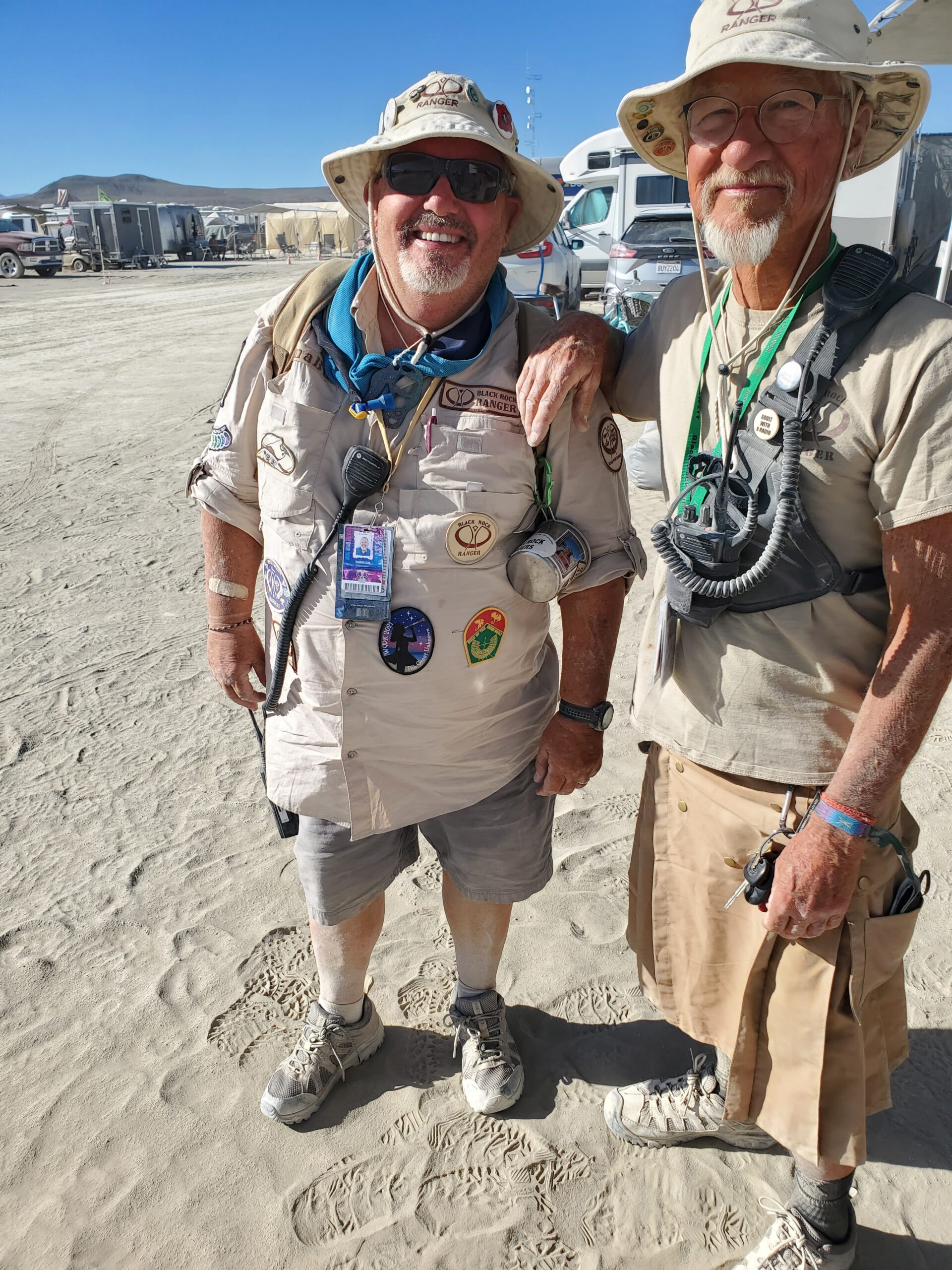Manual and Policies

Black Rock Ranger Manual
Your guide to how the Black Rock Rangers approach problems, work toward solving them, and help the participants of Black Rock City.

Black Rock Ranger Policies


Black Rock Ranger Manual

Black Rock Ranger Policies